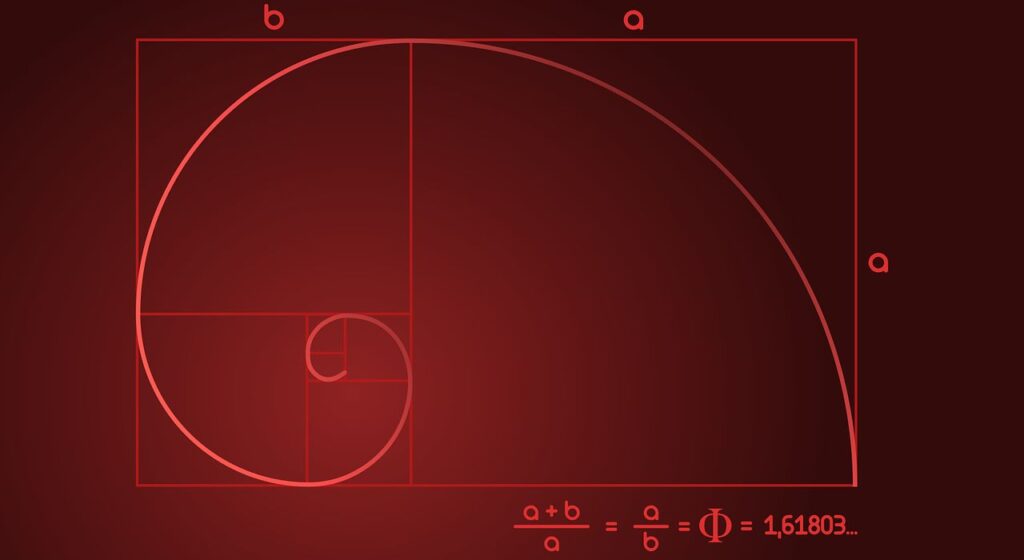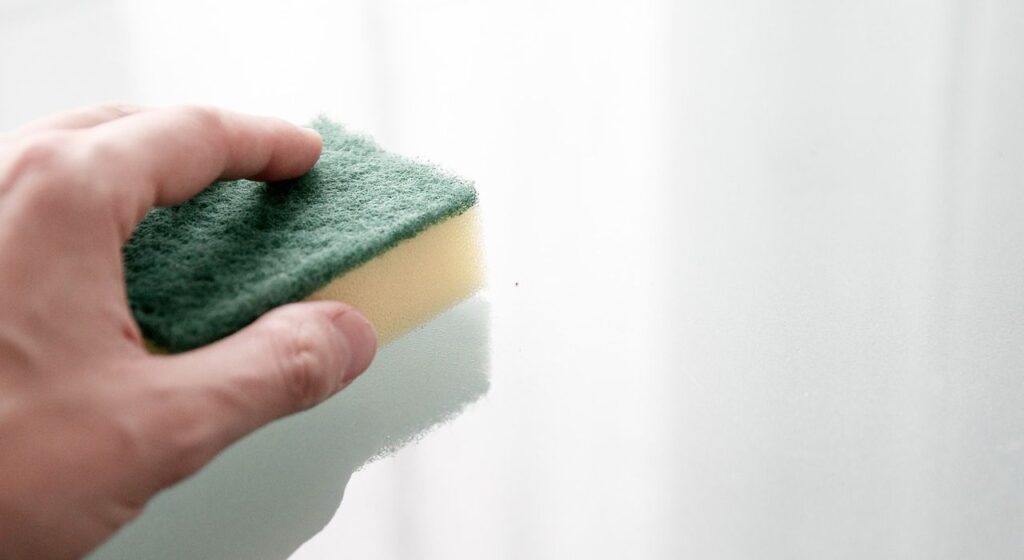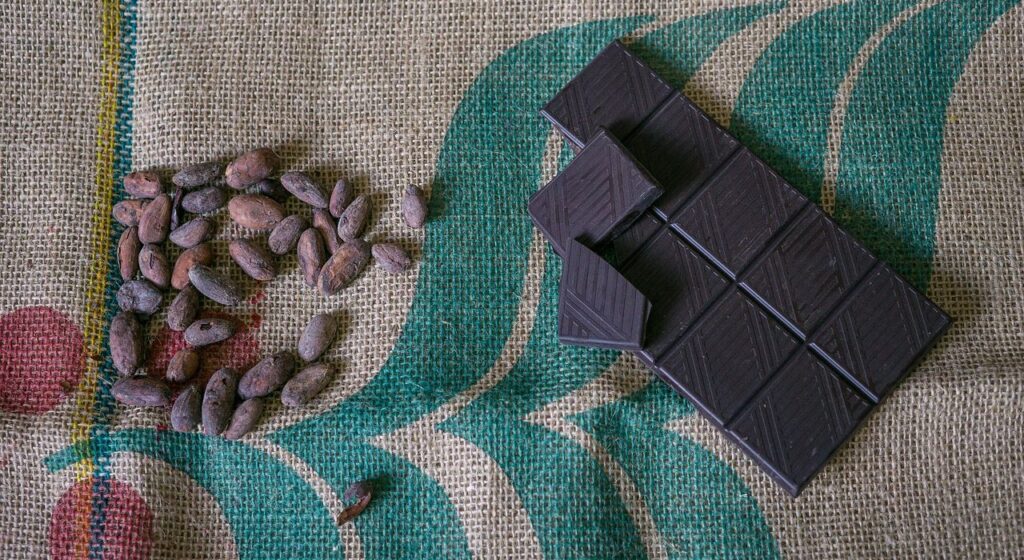May 21, 2021
Ex parte Ha, is a recent decision of the Patent Trial and Appeal Board (PTAB) addressing the sufficiency of an examiner’s rationale for combining references and
Read more
May 12, 2021
The Patent Trial and Appeal Board issued a decision in Ex Parte Shaw in which an Examiner’s choice of lead compounds (i.e., prior art compounds identified
Read more
May 5, 2021
When faced with a limitation involving an open-ended numerical range, an examiner will not only analyze for definiteness under 35 U.S.C. § 112(b) but also scrutinize
Read more
April 30, 2021
Ratios can be useful when claiming a subset of two well-known components or variables, particularly when the subset (defined by a ratio) provides a new and
Read more
April 23, 2021
In an anticipation rejection, every element and limitation of the claimed invention must be found in a single prior art reference, arranged as in the claim.
Read more
April 16, 2021
Ex parte Yim, is a recent decision of the Patent Trial and Appeal Board (PTAB) addressing whether claimed properties were inherent in prior art compositions. In
Read more
April 6, 2021
In February, the Federal Circuit issued a decision in Takeda Pharmaceutical Co. v. Torrent Pharmaceuticals Ltd. concerning the obviousness of a chemical compound. Perhaps the most
Read more
March 31, 2021
A conclusion of obviousness requires that a skilled artisan would have had a reason to combine the teachings of the prior art references to achieve the
Read more
March 26, 2021
In Ex parte Hassler (Appeal 2020-001367), the Patent Trial and Appeal Board (“Board”) considered Appellant’s two arguments rebutting the Examiner’s obviousness rejection based on the combination
Read more
March 19, 2021
Chemical compounds in patent claims often include variables representing different possible substituent groups. For example, a chemical formula may include a variable R1 representing a hydrogen
Read more










